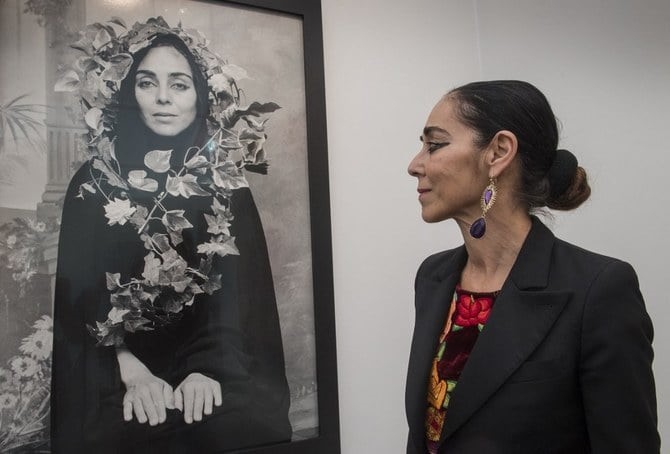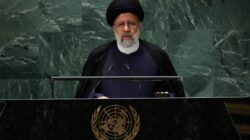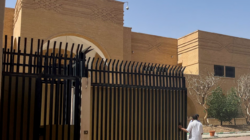LONDON – A group of Iranian creatives has issued a statement to the international community requesting that it cease working with cultural groups and institutions with ties to the Iranian regime.
The statement was issued following the mass arrest and incarceration of students across the country for their roles in anti-regime protests following the death of 22-year-old Kurdish woman Mahsa Amini at the hands of morality police in September. It was signed by over 6,000 artists, academics, writers, and film directors based in Iran and abroad.
The statement urges the international community to “boycott governmental institutions of the Islamic state of Iran and their covert affiliates, and prevent them from having any presence in international arenas of arts, culture, and education” in response to the regime’s “increasingly brutal, violent, and lethal state crackdown,” which has resulted in at least 300 deaths and approximately 14,000 detentions.
One of the signatories, London-based curator Vali Mahlouji, has also called for protesters to take direct action against Iranian-funded arts organizations.
“We know that some private Iranian galleries are connected to the Iranian state’s money systems, including the Islamic Revolutionary Guards Council,” Mahlouji told The Guardian. They should be boycotted.”
Demonstrators have used art to express their displeasure with the regime since the beginning of the protests, including red dye poured into fountains and red nooses hung from trees.
“This is a society declaring: We are terrorized,” Mahlouji explained. “There is a large performative response: people tying themselves up; red ink being poured on pictures of the Islamic Republic’s founder; red paint being thrown at buildings; even urinating outside art galleries that have remained open despite artist demands that they close.”
According to Canadian-based artist Jinoos Taghizadeh, some art galleries “have been the government’s money-laundering arm” and have “tried to depoliticize (Iranian) artists.”
She went on to say that defying the regime’s art students in Iran “were constantly threatened by the police and university security,” but “have been very brave and creative despite all the repressions, arrests, and kidnappings,” and that “the performance of their music and protest songs, as well as their publication on social media, both encouraged the protesters and brought the voice of protest to other cities and outside Iran.”
Art has also been used to protest the regime in other countries: in October, the Anonymous Artist Collective for Iran set up a display of 12 red banners with images of Amini and the slogan “Woman, Life, Freedom” at New York’s Guggenheim Museum.
Exiled Iranian artist Shirin Neshat displayed a digital protest piece of the same slogan in Piccadilly Circus in London, and it was also shown at Pendry West Hollywood in Los Angeles.
“We are not just a bunch of oppressed artists trying to make the Western culture feel sorry for us,” Neshat explained. We’re teaching them that it’s time to wake up and recognize that culture has a significant impact on the political fabric of our world.
“We see these fearless young people confronted by tyranny.” You seriously question your own mental state as an Iranian who has never been able to live without fear for so long. It’s extremely encouraging to see young people saying, “No more fear.”
Source: Arab News










